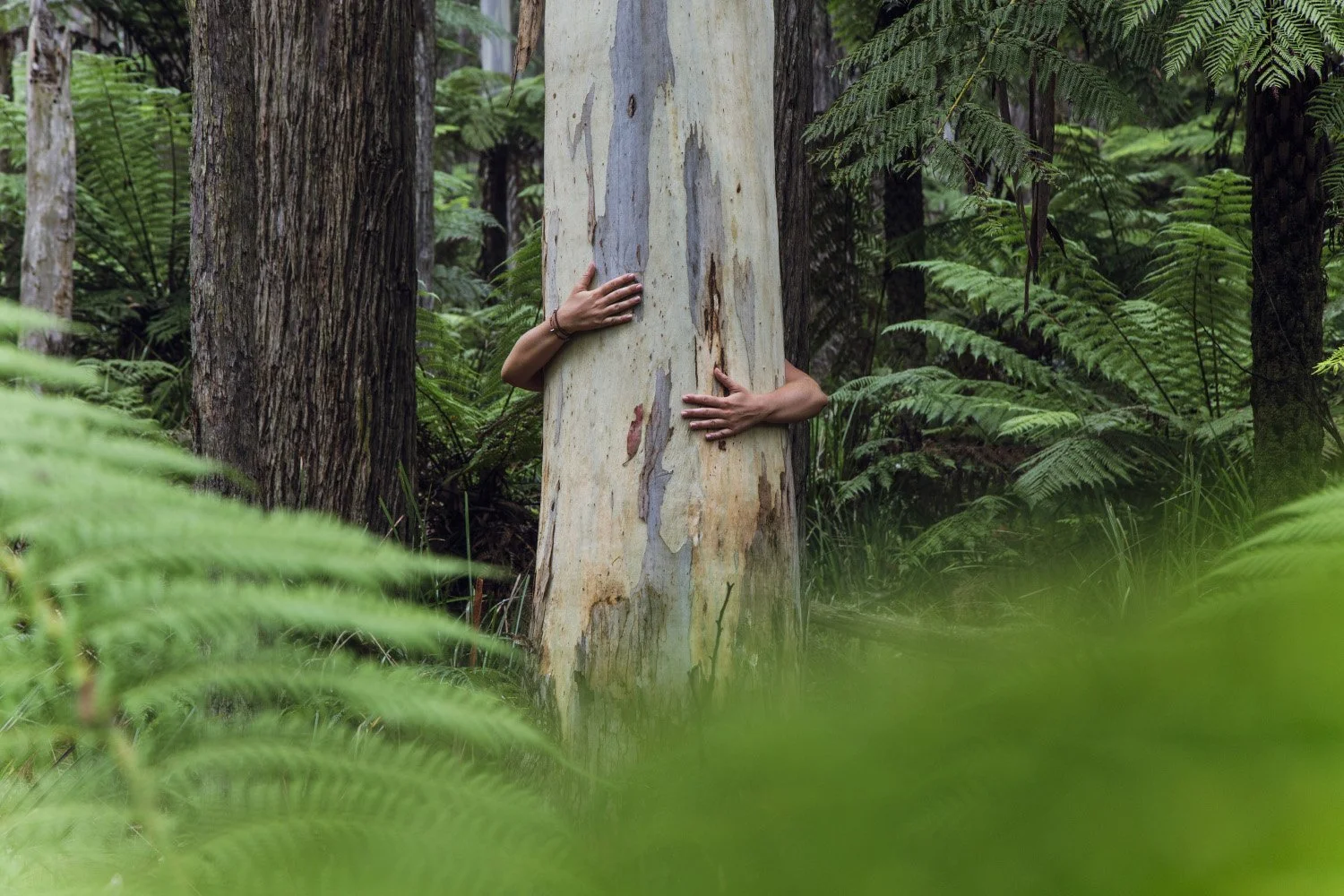Yoga Asana: Sphinx Pose or Salamba Bhujangasana
Each posture in the physical yoga practice has a Sanskrit name ending in asana. Asana means seat or posture. Today we will explore Salamba Bhujangasana also known as sphinx pose. When we break down the Sanskrit we see: Salamba which = supported, Bhujanga which = snake or serpent and Asana which = seat or posture. I could not find much history related to this posture, regardless, I find it to be a very worthwhile posture to incorporate into our practice for spine health. It is interesting to note that the Sanskrit translation does not correlate with the English translation and is perhaps simply a Western addition because the shape of the posture certainly represents a sphinx. This posture can be both restorative and active dependent upon how you engage with it. Salamba Bhujangasana is usually practiced as a preparatory posture for back bends and is often practiced towards the beginning of an asana practice.
This brings us to the WHY behind Salamba Bhujangasana. The correlating WHY behind all postures is to develop a strong “seat.” We must learn to sit comfortably in order to attain one pointed focus, wether that focus be on our mantra, Isvara, or an object of our choosing. When the physical body demands attention, our focus is distracted and therefor the concentration required to strengthen the mind is broken. Practicing asana is wonderful and will benefit us, yet those benefits can only go so far dependent upon the practitioners “truest desire.” When the desire is to do asana for the sake of simply being “good” at asana, this will lead to disappointment and more attachment to believing yourself as the physical body only. It is a fact that we will grow old and our physical bodies will deteriorate. At some point, the desire must shift from asana attainment to atman (or true Self) attainment. Salamba Bhujangasana is an excellent posture to practice for the spine health required to hold your seat. This posture strengthens and lengthens the spine, stretches the chest, abdomen, and shoulders, stimulates digestion and abdominal organs, and can strengthen the entire back body dependent upon engagement. Sphinx pose is an excellent pose to practice for better posture, to counter the tendency to hunch forward, and to prepare for deeper back bends.
Salamba Bhujangasana can have symbolic, metaphoric, and meaningful significance to our own personal why’s. When we consider the Sanskrit translation of the posture we first see salamba which translates as supported. This word is the ticket for me in this posture because we will have the opportunity in the upcoming coming Bhujangasana or cobra pose to identify with the cobra and its’ significance, I resonate with the importance of support. This posture is a support to attain our seat. It is a support to develop good posture of which effects the way you BE in this world. When we walk through our days with an open heart and chest and an uplifted gaze, versus a slouch, closed heart and chest, and downward gaze, the experience is very very different. We can also consider the support we give and receive on a daily basis. This support may be through friends, family, and our human brothers and sisters, and can also be the support of the earth underneath our feet, the support of our rivers, oceans, soil, trees, air, plants, insects, animals and so on and on and on. Understanding and appreciating our daily giving and receiving of support is like having a built in gratitude guide. When we get lost in doubt and fear and liking and disliking and complaining and the like, we can remember to be “found” in all of the support of love and trust and goodness that is always there for us awaiting our recognition. What we choose to see and be present with will support either our hell or our happy.
How to do Salamba Bhujangasana:
Lie down on your belly, start in crocodile pose, legs wider than hip width, toes splayed out to the sides. Stack your palms underneath your forehead and rest your forehead on the top of your hands. Stay for a few breaths and then circle out the legs. Place the legs back down with the feet hip width and the feet point straight back. Press down through the tops of the feet, lift your knee caps and engage your quads. Press the pubic bone down and engage your glutes to start (you can adjust as need be). Lift your head and come onto your forearms, slide your elbows back towards your body, slightly forward of or underneath your shoulders so your forearms are parallel with one another. Adjust the elbow width just a bit more narrow than your shoulders. Press down through the forearms, hands, and finger pads. Draw your lats down and your shoulders back, broaden across the chest and reach the sternum forward. Experiment with energetically pressing the hands down and forward, and down and in towards your body. Gaze at a point on the floor several feet in front of you so you feel your neck as an extension of the spine. Breath long, slow, and even.
Variations:
Place a rolled blanket underneath the hips for support.
Place a rolled blanket underneath the elbows and forearms to intensify and support.
Dependent upon your goals, the legs and glutes can be more or less engaged.
Bend one knee and reach around for the foot with the same arm, being sure to stay strong in the opposite forearm, and pressing firmly with the opposite foot. Repeat on the other side.
***Permission to modify in anyway that provides you with a feeling of safety, ease, and is alignment with your purpose in practicing the posture.
Thank you Dear Reader,
As always I sm so grateful to walk this path of yoga with you. May this blog add inspiration and insight into your practice and contribute to your svadhyayaya (study) and dedication.
Blessings,
Andrea Dawn

